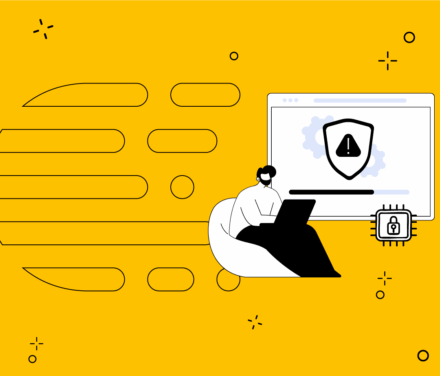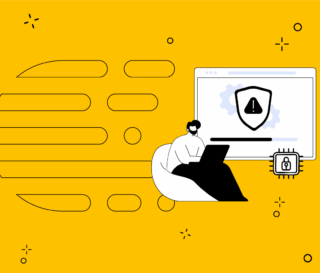The “ABC of Information Security” is an essential guide for business leaders, whether technical or non-technical, that outlines the basic concepts and best practices for protecting an organization.
This material explains some basic guidelines, such as the difference between information security, cybersecurity, and data protection. It also delves into principles such as the CIA Triad, a model that serves as a guide for protecting data and ensuring the continuous operation of information systems.

The eBook also provides detailed guidance on how to implement an Information Security Management System (ISMS), highlighting benefits such as improved corporate reputation, reduced financial risk, and the protection of sensitive data. It offers recommendations for integrating security into all organizational processes, from strategic planning to day-to-day operations, ensuring that security is an integral part of the corporate culture.
Suscribe to our newsletter!
It also explores the most effective tools and techniques for protecting against threats and vulnerabilities, such as the use of firewalls, antivirus, and intrusion detection systems, along with the importance of practices like multifactor authentication.
Read more → AWS Security: Tips for Securing Cloud Infrastructure
Security Incident Management is another key topic that highlights the importance of identifying, containing, eradicating, and recovering from any incident to minimize its impact on the organization.

This eBook emphasizes the importance of continuous improvement in information security, using the PDCA (Plan-Do-Check-Act) cycle to constantly optimize security policies and procedures.
It also explains the significance of ISO 27001 certification, which sets international standards for information security management, and how its implementation can enhance an organization’s competitiveness and reputation.
Read more → 7 key points to ensure software security
In conclusion, this eBook is an essential tool for any organization looking to strengthen its information security posture. It provides a structured and detailed approach to protecting data and systems, promoting a security culture that adapts to today’s threats and vulnerabilities.
Implementing these strategies is critical to ensuring business continuity, protecting customer and employee trust, and maintaining operational integrity in an increasingly complex digital environment.














Hola Crombie,
Espero que este mensaje te llegue bien. Encontré un producto en tu sitio web https://blog.crombie.dev/historias-usuario-beneficios-invest/ y me interesa mucho saber más sobre él. ¿Podrías proporcionarme un presupuesto detallado y una lista de precios?
Además, si tienes folletos, especificaciones u otra información relevante disponible, te agradecería mucho que me la compartieras.
Espero tu respuesta.
Gracias de antemano por tu ayuda.
Best regards,
George Silver
Purchasing Manager
Nexans
Email: georgesilver@nexans.com
Direct: 727-899-7003
Website: nexans.com
Hola George!
Nos alegra que estés interesado. Nuestro equipo se pondrá en contacto con vos para enviarte más info.
¡Saludos!